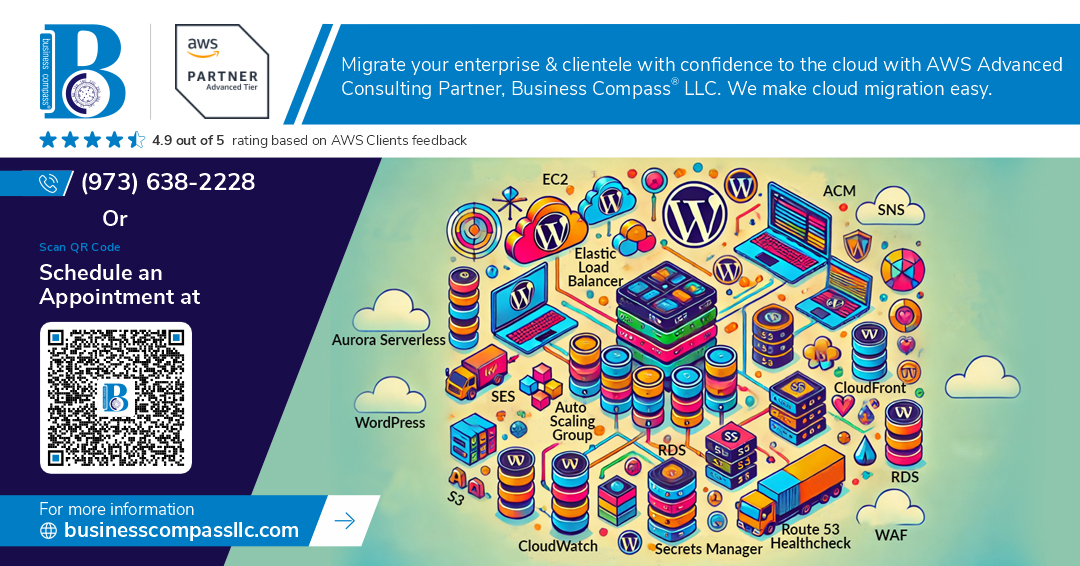The Ultimate AWS Load Balancer Comparison: ALB, NLB, and GLB Explained
As applications scale and demand high availability and performance, load balancers are crucial in efficiently distributing traffic. Amazon Web Services (AWS) offers several load balancers tailored to specific use cases. In this comprehensive guide, we’ll compare Application Load Balancer (ALB), Network Load Balancer (NLB), and Gateway Load Balancer (GLB) to help you choose the right one for your architecture.
What Is a Load Balancer?
A load balancer distributes incoming network traffic across multiple targets—such as EC2 instances, containers, and IP addresses—to ensure no single server demands too much. AWS’s Elastic Load Balancing (ELB) service offers three types of load balancers to suit different needs.
AWS Application Load Balancer (ALB)
Key Features:
Layer 7 (Application Layer) load balancing
Supports host-based and path-based routing
Works with HTTPS, WebSockets, and HTTP/2
Ideal for microservices and containerized applications
Native integration with Amazon ECS, EKS, and Lambda
Use Cases:
Routing user traffic to different services based on URL paths
Hosting multiple websites on the same load balancer
TLS termination and SSL offloading
AWS Network Load Balancer (NLB)
Key Features:
Operates at Layer 4 (Transport Layer)
Handles millions of requests per second
Supports TCP, TLS, and UDP protocols
Extremely low latency
Preserves source IP for end-to-end visibility
Use Cases:
High-performance applications requiring static IP addresses
Real-time gaming, streaming, or financial applications
Load balancing for internal services with PrivateLink support
AWS Gateway Load Balancer (GLB)
Key Features:
Operates at Layer 3 (Network Layer)
Integrates with third-party virtual appliances like firewalls and intrusion detection systems (IDS)
Provides transparent traffic inspection
Uses GWLBE (Gateway Load Balancer Endpoints) to route traffic securely across VPCs
Use Cases:
Deploying network security appliances at scale
Centralized traffic inspection in multi-VPC architectures
Enabling partner security solutions in a service VPC
Comparison Table: ALB vs. NLB vs. GLB
Feature: Layer
ALB: Operates at Layer 7 (Application)
NLB: Operates at Layer 4 (Transport)
GLB: Operates at Layer 3 (Network)
Feature: Protocols Supported
ALB: HTTP, HTTPS, WebSocket
NLB: TCP, UDP, TLS
GLB: IP
Feature: Use Case Focus
ALB: Web applications, microservices
NLB: High-throughput services
GLB: Security appliances
Feature: IP Address Retention
ALB: No
NLB: Yes
GLB: Yes
Feature: SSL Termination
ALB: Yes
NLB: Yes
GLB: No
Feature: Health Checks
ALB: HTTP/HTTPS
NLB: TCP/HTTP/HTTPS
GLB: TCP
Feature: Path/Host-based Routing
ALB: Yes
NLB: No
GLB: No
Feature: Pricing
ALB: Based on LCU (Load Balancer Capacity Units) plus data processed
NLB: Charged per GB plus per hour
GLB: Based on usage and appliances used
Choosing the Right AWS Load Balancer
Here’s a simple rule of thumb:
Use ALB for web applications needing intelligent routing.
Choose NLB for performance-intensive, latency-sensitive workloads.
Opt for GLB when integrating third-party security services or traffic inspection across multiple VPCs.
Conclusion
Each AWS load balancer type serves a unique purpose. The Application Load Balancer excels in content-based routing, the Network Load Balancer handles raw performance needs, and the Gateway Load Balancer empowers network security. Understanding your application’s architecture and traffic patterns is key to selecting the best option.

Comments
Post a Comment